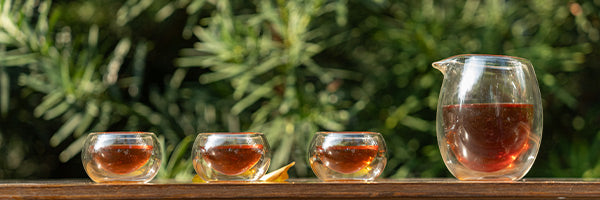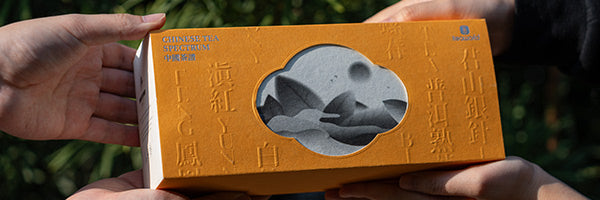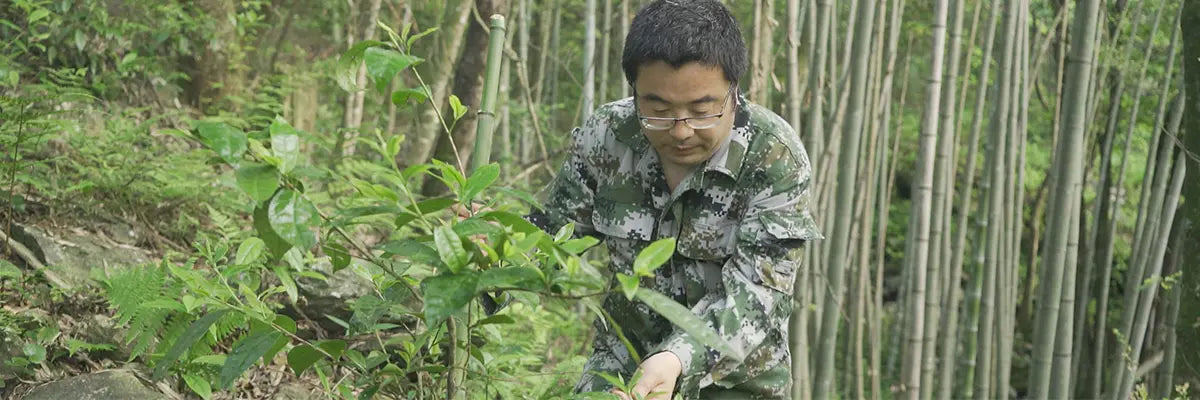Abundance in tranquility
To others, you're just drinking tea, but little do they know you're immersed in a wonderful world unknown to outsiders.

How does this all happen?
When tasting Chinese tea, your tongue, palate, throat, and nose all experience subtle and distinct sensations. Meanwhile, the initial taste upon sipping, the mid-taste, and the aftertaste all vary. These different sensory and momentary experiences are not independent; they interconnect, sometimes in conflict, sometimes in harmony.
What can regular drinking of Chinese tea bring?
Moreover, Chinese tea embodies a wisdom about balance, helping individuals adjust their mental and physical states.

When exploring Chinese tea, you'll discover there are many recommendations on how to drink it:
- Avoid drinking tea on an empty stomach.
- Don't brew tea too strong or too weak.
- Different types of tea require specific brewing temperatures.
- Match teas with appropriate seasons.
Why can Chinese tea offer such experiences and benefits?

Initially, tea leaves were chewed raw. Over the course of history, a diverse array of tea varieties emerged. Incomplete statistics suggest there are now over 2,000 different types of Chinese tea. The main categories of Chinese tea include:
- Loose leaf green tea
- Loose leaf white tea
- Loose leaf yellow tea
- Loose leaf black tea
- Loose leaf oolong tea
- Loose leaf dark tea
- Loose leaf flower tea
Find more Chinese tea with our Chinese Tea Sampler.>>>
How to Explore Chinese Tea?

- For Beginners
There are various lists of famous Chinese teas. Typically, these lists feature well-known teas that most people are familiar with, such as Longjing and Da Hong Pao.
If you find that one famous Chinese tea you try doesn't suit your taste, don't worry. Feel free to boldly try other famous teas. Chinese famous teas come in many styles, so there's always one that suits your preference.

- For Experienced Chinese Tea Tasters
If you find yourself enjoying the fresh and tender taste of loose leaf green tea, you can compare and taste various green teas from different regions and with different processing techniques. If you appreciate the aroma of loose leaf oolong tea, then trying the best oolong tea from the 4 famous oolong tea producing regions would be beneficial.
Find more loose leaf green tea with our Green Tea Sampler.>>>
Through this comparative tasting, you can gain a clearer understanding of the factors that determine the taste, quality, and price of Chinese tea. Your ability to brew and appreciate Chinese tea will further improve.
Find more loose leaf oolong tea with our Oolong Tea Sampler.>>>

- For Senior Chinese Tea Tasters
Pu-erh tea is particularly popular among senior tea tasters. When a tea lover falls down the rabbit hole, their ultimate destination could very well be Pu-erh tea. Besides ripe Pu-erh tea, other types of dark tea might not be as well-known internationally but are equally worth trying. Aged tea refers to teas that have been aged for a certain number of years, often developing a richer and more flavorful taste profile.

In the world of Chinese tea, every cup is a unique experience. Apart from well-known types like green tea, oolong tea, and black tea, there are also lesser-known varieties such as wild tea and ancient tree tea, known for their high-quality fresh leaves. If you're looking for organic loose leaf Chinese tea, exploring ancient tree tea and wild tea would be ideal.
Enjoying Chinese tea isn't just about savoring its flavors but also finding solace for the soul. By understanding the types of tea, brewing techniques, and tea etiquette, we can deeply appreciate the profound tea culture and the positive impact it has on our daily lives. Let's embrace tea not just as a beverage but as a ritual, a way to connect with ourselves.











































































